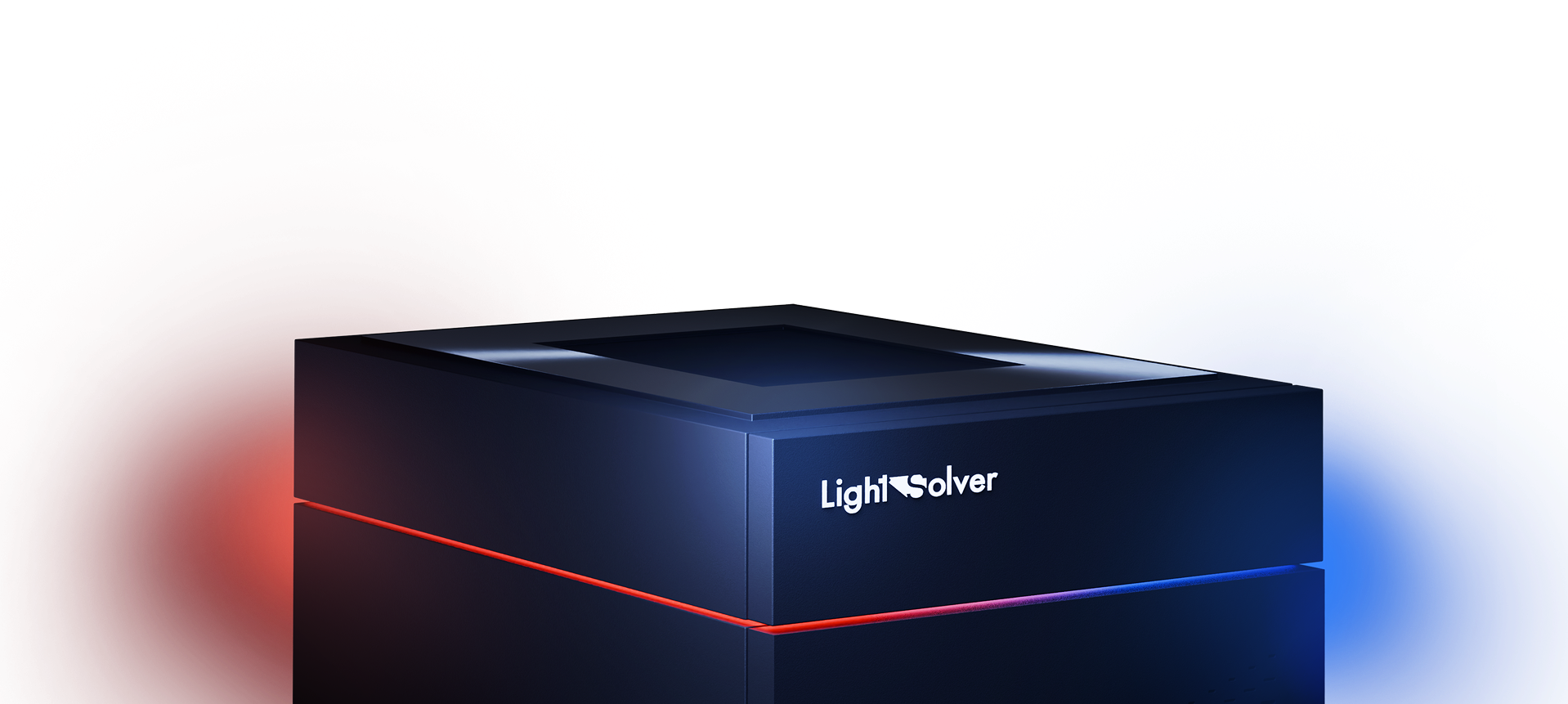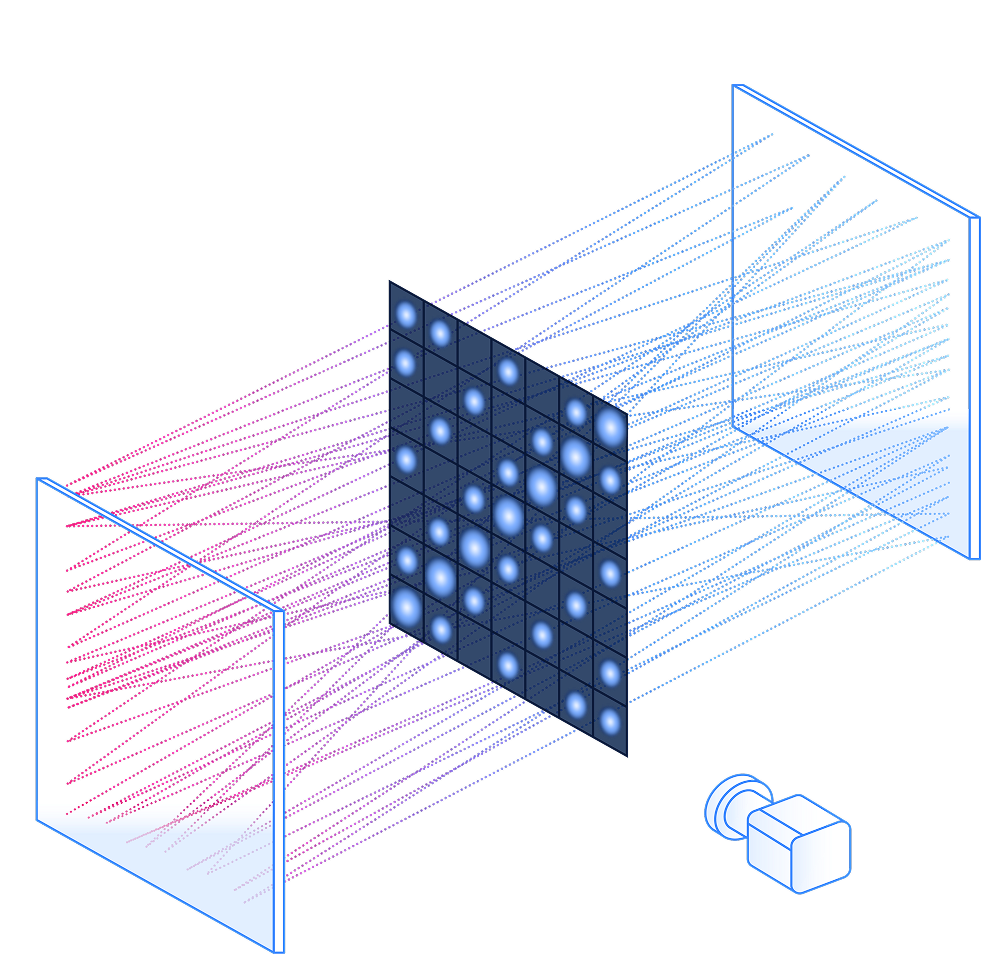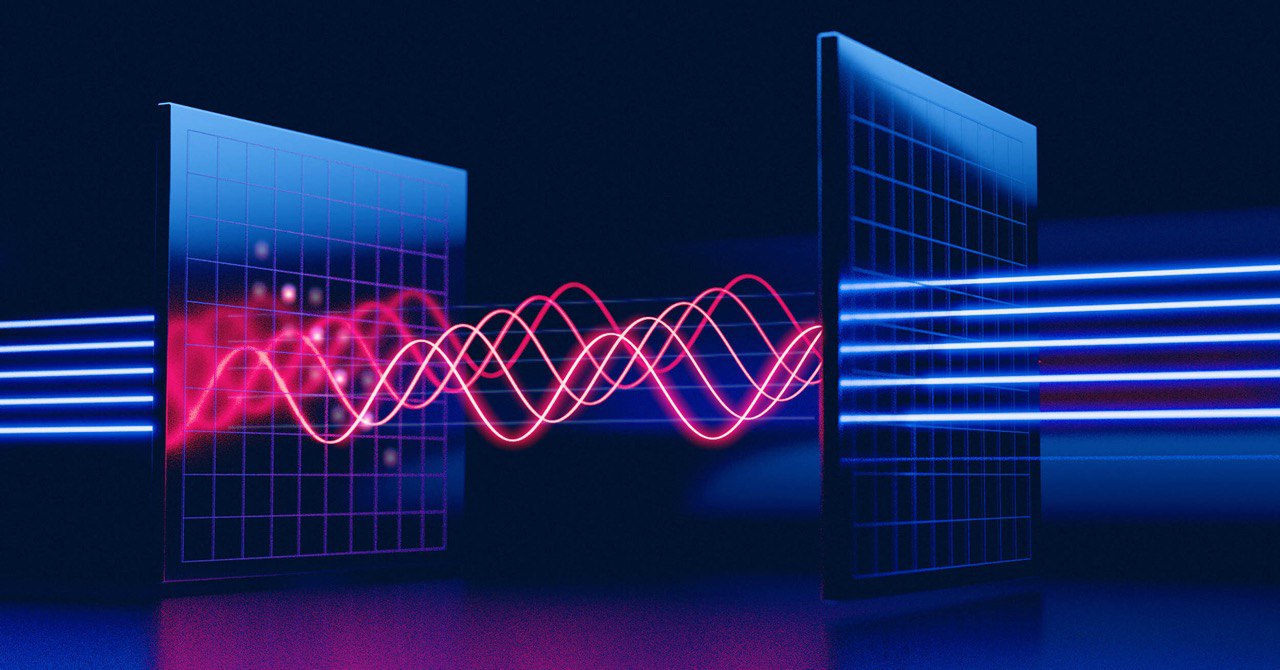We use Nature
to Simulate Nature, at Scale
What if you could compute physical systems natively without digitizing and processing them on classical hardware, which inevitably leads to lengthy runtimes and wasted energy?

The Laser
Processing Unit™
(LPU)
Introduces physics-based computing, enabling efficient, analog processing of complex HPC workloads that are computationally intensive on traditional hardware.
By harnessing light for both computation and memory, the LPU delivers ultra-fast performance, exceptional energy efficiency, and freedom from the memory-bandwidth bottlenecks of digital computing. It delivers the equivalent of 1,000 TOPS with 200 TB/sec at just 100 watts.
Analog Optical Engine
The core of the LPU is an optical resonator that traps light and causes it to circulate in a closed processing loop. Unlike previous optical processors, the LPU is built for multi-pass operations and can execute complex computations up to 50x faster and with more energy efficiency than traditional hardware.
During the roundtrips through a system of mirrors and lenses, the laser’s physical state is preserved and used as a memory. A spatial light modulator (SLM) then applies computational operations, and the updated result is re-injected into the resonator, forming a continuous analog feedback loop. Each roundtrip is equivalent to a complete iteration of a classical computer and takes a few nanoseconds irrespective of problem size and complexity. Typically, the system converges and finds the solution to the programmed problem within the order of a single millisecond.

Accelerating Intensive Loads
Due to its unique architecture, the LPU accelerates iterative, highly parallel, and memory-bound computations, offering performance, efficiency, and scalability beyond what is achievable with current digital hardware.
Embedded optical memory
Fully optical processor with embedded optical memory, performing multi-pass operations and offering an equivalent of ~200 TB/sec memory bandwidth

Parallel computation
Laser states representing distinctive variables compute in parallel, without requiring interconnect bandwidth, offering an equivalent of ~1,000 TOPS compute
No data transfer bottlenecks
Memory and computation are embedded in the same optical loop, eliminating the need for data transfer
Ultra-fast clock cycle
Each round trip takes nanoseconds, independent of problem size and complexity, with a typical computation converging in the order of a millisecond

No analog-digital conversion
The computation is executed in a closed optical loop, enabling low-latency processing without inefficient analog-digital conversions.
Low power consumption
The LPU performs complex analog computations equivalent to ~1 peta operation per second (16-bit) at only ~100W, optimized for sparse, structured matrices
What’s cool is that we’ve built a machine where light itself does the math — nature computing nature.
Dr. Omri Wolf
Head of Innovation

Flexible Architecture
for Multiple Applications
The LPU architecture can be configured to different modes of operation to support a variety of applications
Rapid Propagator
Lasers are a physical system and, as such, can naturally simulate other physical systems governed by Partial Differential Equations (PDEs) in a highly efficient way.
Annealer
Lasers naturally find minimal loss states – a property that the LPU leverages to minimize the objective function of combinatorial optimization problems.
Eigenvalue Solver
Leverages natural mode competition and random initial states to solve eigenvalue problems such as the Helmholtz equation.
Explore Laser Computing in our LPU Lab!
The LPU Lab offers researchers early access to an Alpha version and a digital emulator the LPU.
Read more



